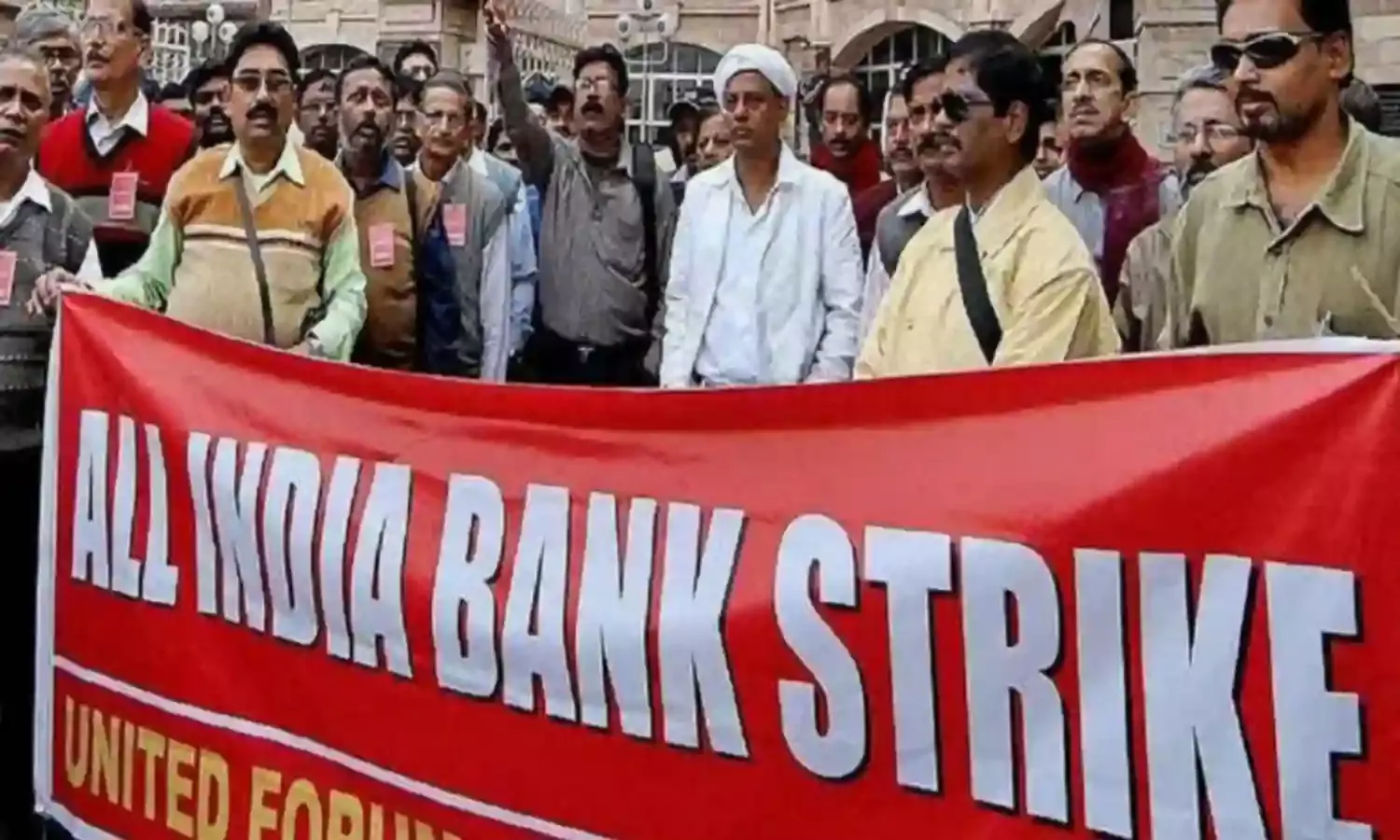Farmers Join Bank Employees Against Privatisation
Struggle to continue say leaders

Almost a million bank employees struck work for two days - March 15 and 16---against the privatisation of public sector banks. The response to the call to down shutters was complete, according to the employees, even though it was reported scantily and as a senior bank union leader said, “reluctantly.”
An estimate of 12 Public sector banks , 12 old generation private sector banks, 56 regional rural banks with employees and officers from more than one lakh branches of the banks went on strike. The shutters remained down, clearing was suspended, government transactions could not take place and the ATMs reportedly started running out of cash after half a day.
General Secretary of the Maharashtra State Bank Employees Federation Devida Tuljapurkar told The Citizen, “the employees got wage revision only in the month of December 2020. The assessment that a complicated middle class will resist proved incorrect. Around 60% of the employees are young and those who have joined the banks recently. They were also new to the trade unions. But even so they all joined the strike including employees and officers who had high paid private sector jobs and opted out to join the banks for security and stability in life but are now disillusioned and in the mood to raise the fight further.”
The strike, he added, “was a lesson for us all.”
The strike followed the Union Finance Ministers announcement in her budget speech that two public sector banks would be privatised within the financial year. And that one of the four General Insurance companies would be sold. The Unions recall the nationalisation of 14 major private banks in 1969 that opened the way for the spread of the banking network into the rural areas. They pointed out that since 1991 as part of increasing globalisations successive governments in India have been under pressure from international finance capital to open up the banking sector.
The bank employees have been resisting this more specifically since the first term of the Congress led UPA government. The present government has written off Rs 6.6 lakh crores of bad loans since 2014 arising from the accumulation of a huge amount of “non-performing assets” that the Unions expect to touch 13.5 per cent this year.
The CPI(M) has pointed out that , “the nationalised banks had to dole out big loans to corporates in the name of investment in the infrastructure sector. Most of these loans became bad debt. More than 75 percent of such loans were given to corporates.”
Significantly the Samyukta Kisan Morcha and the Central Trade Unions have joined hands to bring the farmers and workers together against the farm laws and impending privatisation. All India Trade Union Congress general secretary Amarjit Kaur said that, “all the striking bank employees were joined by central trade unions, other employees’ unions and farmers. She said railway stations were chosen as a “symbolic” place to challenge the “draconian” policies of the government.



